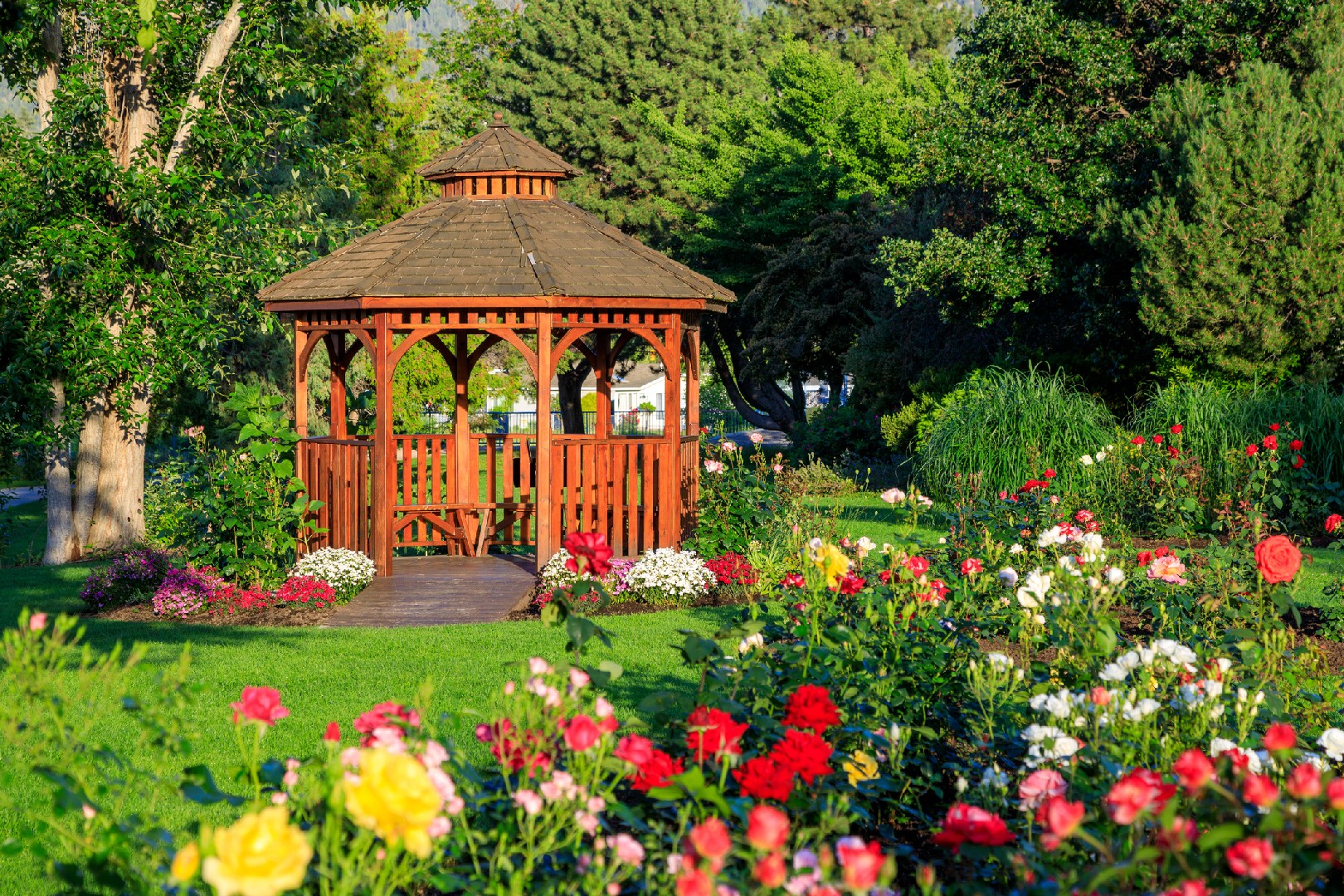![Rectangle]()
Effective Strategies for Four-Season Garden Planning
Planning a breathtaking four-season garden requires careful consideration and strategic thinking. By following a few effective strategies, you can ensure that your garden is a stunning and vibrant oasis all year round.
The first step in the planning process is to assess your current garden. Take a walk around and observe the existing plants, noting their condition and performance throughout the seasons. This will help you determine which plants are thriving and which may need to be replaced. Additionally, pay attention to the soil quality in different areas of your garden. Conduct a soil test to identify any deficiencies or imbalances in nutrients, pH levels, or drainage. This will allow you to make necessary amendments and create an optimal growing environment for your plants.
Another crucial aspect of four-season garden planning is evaluating the light conditions in your garden. Observe how sunlight moves throughout the day and which areas receive full sun, partial shade, or full shade. This information will help you select plants that are suitable for the different light conditions in your garden. For example, if you have a shady corner, you can choose shade-loving plants like ferns, hostas, or heucheras to add greenery and texture.
Once you have assessed your garden and determined the conditions, it's time to select plants for each season. A well-rounded four-season garden includes a mix of trees, shrubs, perennials, and annuals, each offering their own unique beauty and interest. Start by researching plants that are known for their standout features during specific seasons. For example, flowering trees like cherry blossoms or dogwoods can provide a stunning display in spring, while colorful foliage shrubs like burning bushes or Japanese maples can add vibrant hues in the fall.
When arranging your chosen plants, it's essential to create a balanced display throughout the year. Consider the heights, colors, and growth patterns of the plants to ensure a visually pleasing arrangement. Place taller plants towards the back or center of the garden, gradually decreasing heights towards the front or outer edges. This will create depth and perspective in your garden, making it more visually appealing.
Additionally, think about incorporating plants with different bloom times to ensure there are always flowers in your garden. By selecting early, mid, and late blooming perennials, you can extend the flowering period and enjoy continuous bursts of color. Combine plants with complementary colors to create harmonious and eye-catching combinations.
In conclusion, effective four-season garden planning involves a thorough assessment of your current garden, evaluating soil conditions and light availability. Select a mix of trees, shrubs, perennials, and annuals, considering their standout features during specific seasons. Arrange plants in a balanced way, taking into account heights, colors, and growth patterns. By following these strategies, you can create a breathtaking garden that provides beauty and enjoyment year-round.





